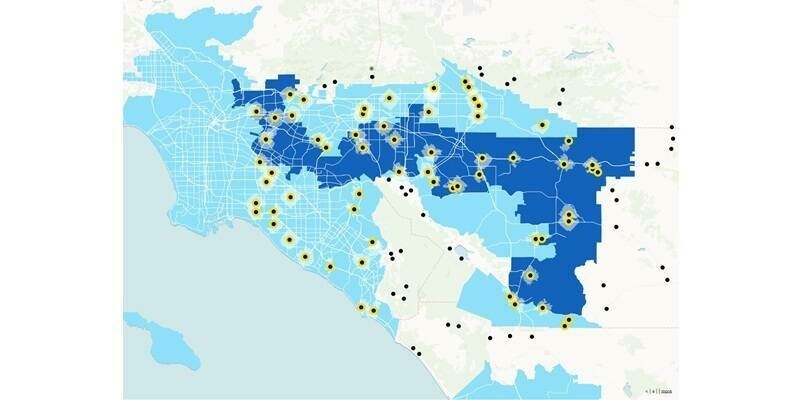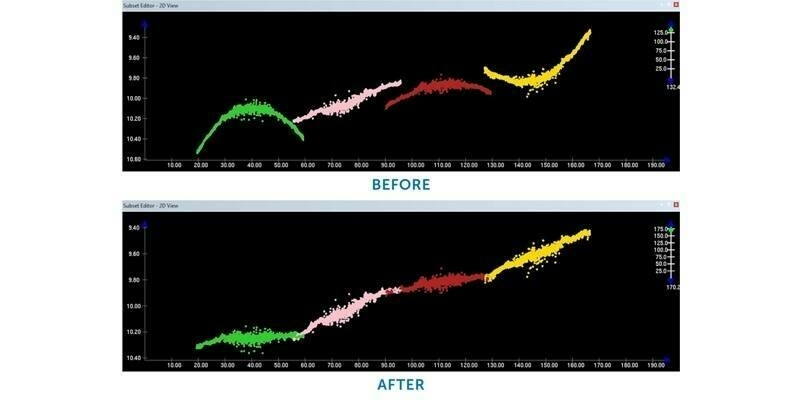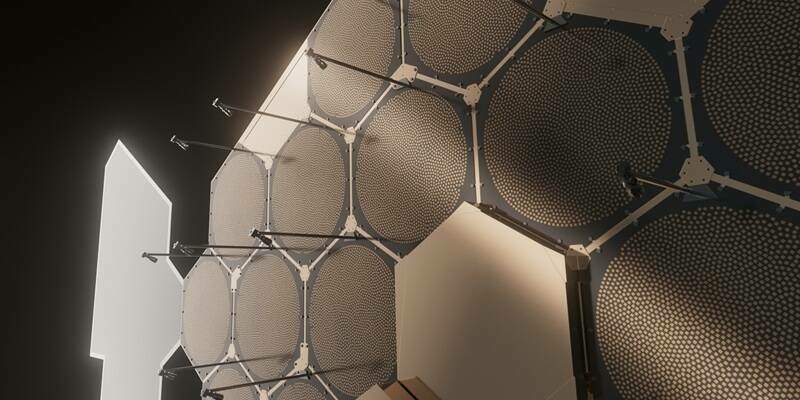Bournemouth’s Christmas tree, lights and decorations have been included by Ordnance Survey (OS) in the intelligence of its ground breaking planning and mapping tool that will be instrumental to the national rollout of 5G technology - the next generation of wireless communications needed to bring Internet-connected devices into everyday life.
The tool, which is being created by OS, the Met Office and 5G Innovation Centre, aims to be a digital twin of Bournemouth that changes with the seasons. As well as including the lifecycle of plants, the foliage of which can affect the ability of 5G antennae (access points) in relation to their broadcast range and reliability, Bournemouth’s festive decorations have also had to be factored into the planning tool.
Richard Woodling, Client Delivery Manager at Ordnance Survey, says: “In creating this digital twin we have to consider every detail that will affect 5G signals and build these into the model. An interesting lesson we have already learned from our work in Bournemouth is that we need to be aware that in the run up to Christmas, lighting and other seasonal decorations can block signals. This level of knowledge will be invaluable to the creation of a 5G network in Great Britain.”
Networked sensors and beacons will depend on seamless access to the 5G network. The higher frequencies typically offered by 5G in urban areas delivers significant increases in bandwidth that these devices will demand. Higher frequencies have a shorter range, and so a huge amount of equipment is needed to support the network and make it robust. Industry sources have suggested thousands of sites will be needed with higher frequencies to assure widespread national 5G coverage.
Higher frequencies also mean much larger amounts of data can be sent and received than at current mobile frequencies. This ability to transfer large amounts of data is important for meeting the increasing demand for bandwidth brought about by the growth of the Internet, and it is vital to the future success of new tech concepts, including Smart Cities, the Internet of Things (IoT) and driverless vehicles.
One issue with the rollout of a 5G network is that details such as different construction materials can markedly reduce the capability for radio signals to travel, and at very high frequencies even raindrops and the leaves of a tree can interfere with the radio signals. To make 5G a success, access points and network equipment must be deployed where the impact of the built and natural environment has minimal effect. Hence why OS is including Christmas decorations in the planning tool.
OS Commercial Director, Andrew Loveless, says: “The purpose is to deploy 5G quickly and efficiently. The increased bandwidth of a reliable 5G network will be necessary to enable Smart Cities and the Internet of Things to reach their potential. Our role is to take away the surprises for network planners and to identify how 5G can work reliably in built environments for years to come.”
Subscribe to our newsletter
Stay updated on the latest technology, innovation product arrivals and exciting offers to your inbox.
Newsletter

